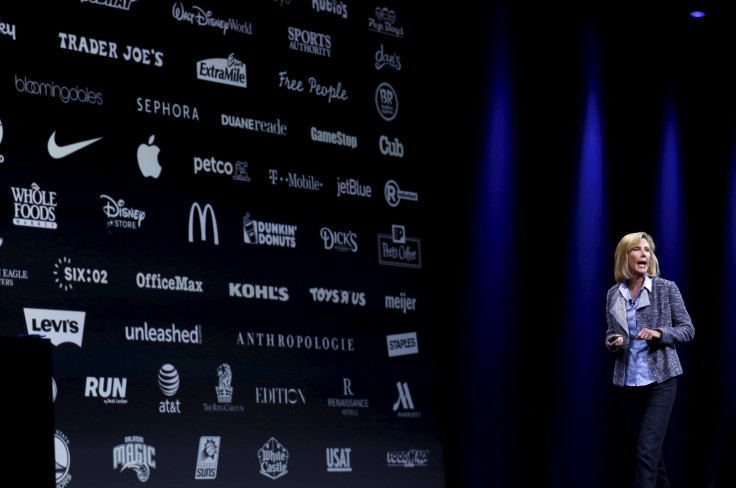Apple Pay Crosses Borders With UK Expansion, Adds Rewards From Dunkin Donuts, BJ’s and JC Penney’s

Apple Pay is stepping outside the United States for the first time. Apple Inc. announced Monday at the 2015 Worldwide Developers Conference that its mobile payment system will expand to the U.K.
The move comes more than half a year after the company launched Apple Pay in the United States with dozens of bank partners, a list that has since grown to over 2,500. Apple’s mobile payment system uses near-field communication technology built into the iPhone 6 and Apple Watch to make in-store contactless purchases as well as pay for products and services within various iOS apps. Discover’s 50 million card members also gain access to Apple Pay. And the mobile payment system will be accepted in 1 million merchant locations, according to Apple.
Apple Pay will begin rolling out in the U.K. starting in July and will be available through many major banks, including American Express, Santander and NatWest. More than 250,000 retailers and services will support Apple Pay in the U.K., including Wagamama, Boots, Marks & Spencer and Transport for London.
The infrastructure is already in place for the mobile payment system, since most “chip card" terminals in the Europe already have built-in technology that accepts contactless payments. In the U.S., contactless technology is less prominent due to the use of older, magnetic strip credit cards.
That’s expected to change in the coming months, as the October deadline looms for merchants to install terminals supporting chip card technology.
In addition to its global expansion, Apple Pay also gained support for store cards and rewards programs, such as those from Dunkin' Donuts, BJ’s Wholesale Club and JC Penney’s. With all of the additions to Apple Pay, the company has also renamed the Passbook app to Wallet, a not-so-subtle jab at Google Wallet.
© Copyright IBTimes 2024. All rights reserved.












